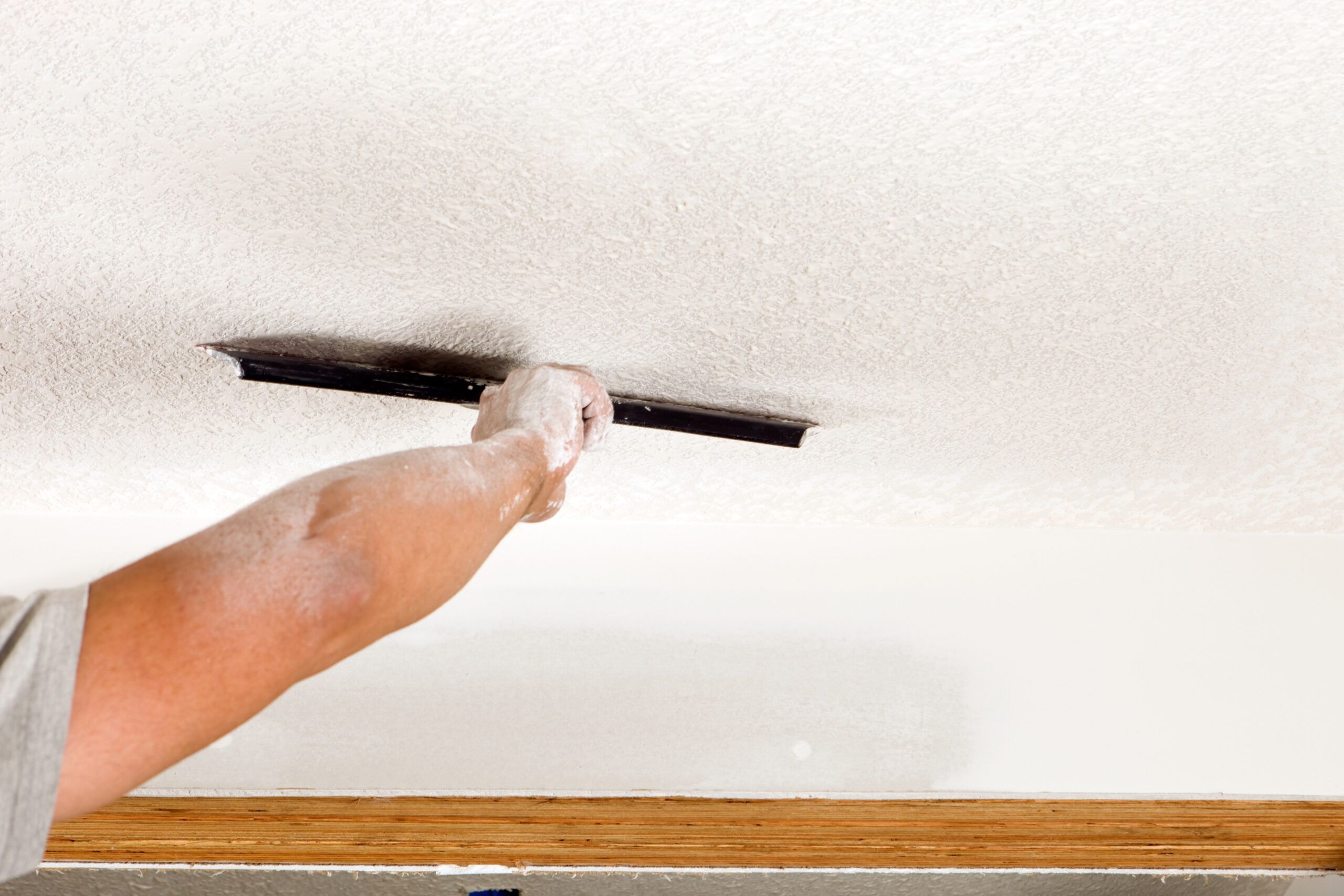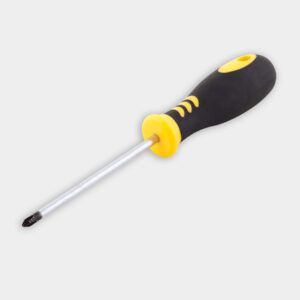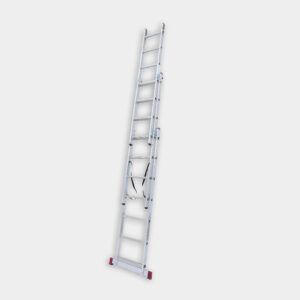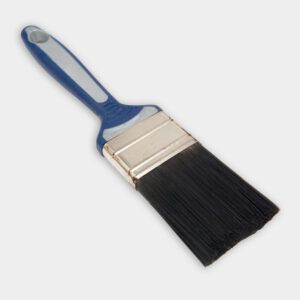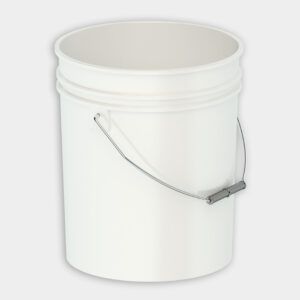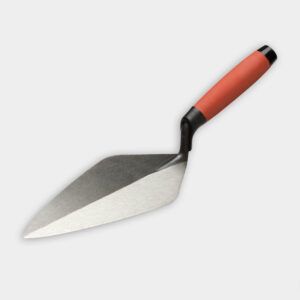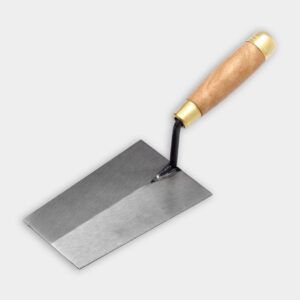We may be compensated if you purchase through links on our website. Our team is committed to delivering honest, objective, and independent reviews on home products and services.
Texturing a ceiling can add depth, character, and visual interest to a room. Whether you’re aiming to hide imperfections or simply want to update your space, this guide will walk you through how to apply and maintain your newly textured ceiling.
Popular Ceiling Texture Types
Familiarizing yourself with popular ceiling texture types will help you choose the right one for your space. These styles have gained popularity among homeowners:
- Knockdown: This style is created by applying texture and then partially flattening it, resulting in a mottled appearance.
- Orange peel: This subtle, slightly bumpy texture resembles the skin of an orange.
- Popcorn: While no longer trendy, this bumpy texture is still in many older homes.
- Smooth: This is a flat, untextured finish popular in modern homes.
- Swirl: This style involves creating circular patterns with a brush or roller for a more decorative look.
Tools and Materials You’ll Need to Texture a Ceiling
To texture a ceiling, you’ll need these tools and materials:
- 5-gallon bucket
- Ceiling paint (without primer)
- Drop cloths and plastic sheeting
- Joint compound (premixed)
- Ladder
- Margin trowel and brick trowel (for trowel technique)
- Mixing paddle and drill
- Natural sponge (for sponge technique)
- Paintbrush
- Paint roller and covers (3/4-inch for texture, standard for primer)
- Painter’s tape
- Paint tray and liners
- Primer
Step-by-Step Guide To Texturing a Ceiling
Follow these detailed instructions to prepare your room and prime, mix, and apply the texture.
Prepping the Room and Ceiling Surface
Before texturing, follow these steps:
- Remove or cover furniture and flooring with drop cloths and plastic sheeting.
- Remove light fixtures or tape around their bases.
- Apply painter’s tape along wall edges where they meet the ceiling.
- Clean the ceiling surface for proper adhesion.
- Repair any cracks or holes in the ceiling.
Priming the Ceiling
Do the following to prime for proper texture adhesion:
- Stir the primer and pour it into a paint tray.
- Use a paintbrush to cut in along ceiling edges and around fixtures.
- Roll primer onto the rest of the ceiling using a standard roller cover.
- Allow the primer to dry completely before proceeding.
Mixing the Textured Paint
Create your textured paint by following this formula:
- Mix one part joint compound with ten parts ceiling paint (about 1.5 cups of compound per gallon of paint).
- Use a mixing paddle and drill to combine until the texture resembles pancake batter.
- Pour the mixture into a clean paint tray or leave it in the bucket, depending on your chosen application method.
Applying the Texture: Rolling Method
For a subtle, semi-smooth texture, use this rolling method:
- Cut in along edges and fixtures with a paintbrush.
- Use a 3/4-inch roller cover to apply the textured paint to the ceiling.
- Roll as close to the edges as possible without painting the walls.
- Apply one coat for standard texture or thin the mix and apply a second coat for a smoother finish.
Applying the Texture: Trowel and Sponge Method
Use this method for a more pronounced, stucco-like texture:
- Use a margin trowel to scoop the mix onto a large mason’s trowel.
- Apply a 1/8-inch thick layer to small ceiling sections (2×2 or 3×3 feet).
- Dab the wet compound with a natural sponge to build texture.
- Experiment with sponge pressure and direction to create depth and variation.
Advanced Ceiling Texturing Techniques
Once you’ve mastered basic texturing, you can explore more intricate patterns and finishes to create unique ceiling designs.
Creating Swirl Patterns
Achieve a swirled texture with these steps:
- Apply the textured paint as in the rolling method.
- While the paint is still wet, use a brush or roller to create circular motions.
- Vary the size and direction of swirls for a more natural look.
Achieving a Stucco-Like Finish
Follow these steps for a textured finish resembling stucco:
- Apply the compound mix using the trowel method.
- Use a slap brush or stipple brush to create a rough, uneven surface.
- Allow the texture to set partially, then lightly smooth high points with a drywall knife.
Troubleshooting Common Ceiling Texturing Issues
Even experienced DIYers can encounter challenges when texturing a ceiling. Here are solutions to common problems you may face.
Fixing Uneven Texture
Fix uneven areas as follows:
- Allow the texture to dry completely.
- Sand down high spots or overly textured areas.
- Apply additional texture to low spots or areas lacking texture.
- Blend the new texture with surrounding areas.
Dealing with Drips and Globs
Here’s how to address drips or globs of texture:
- Remove excess texture while still wet using a putty knife or drywall blade.
- For dried drips, carefully sand them down.
- Touch up the area with matching texture if necessary.
Maintaining Your Textured Ceiling
Proper maintenance will keep your textured ceiling looking great. This section covers cleaning and repair techniques.
Cleaning Tips
Follow these tips to clean a textured ceiling:
- Avoid excessive moisture, which can damage the texture.
- For stubborn stains, gently dab with a slightly damp cloth.
- Use a soft-bristled brush attachment on your vacuum to remove dust and cobwebs.
Touching Up Damaged Areas
Repairing minor damage in your textured ceiling prevents it from becoming more severe. Here’s how to repair small areas:
- Clean the damaged area thoroughly.
- Apply matching texture using a small brush or sponge.
- Allow to dry, then paint to match the surrounding ceiling.
